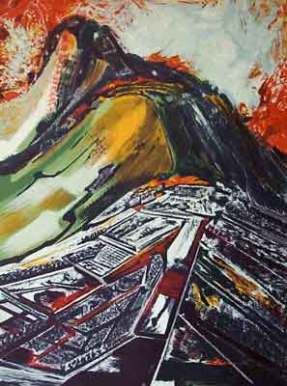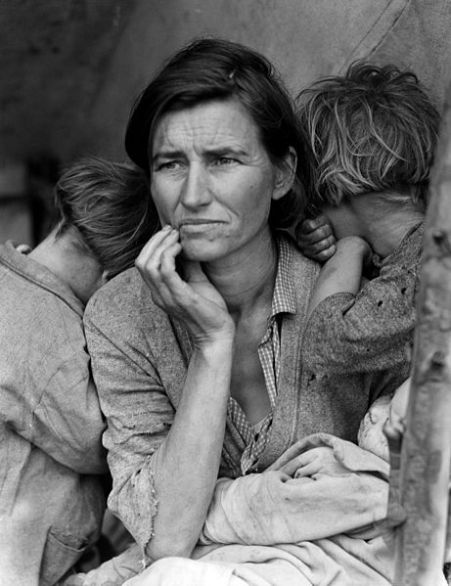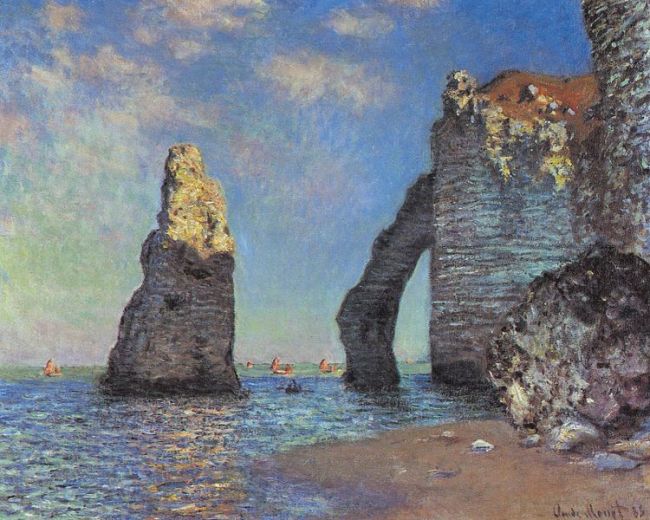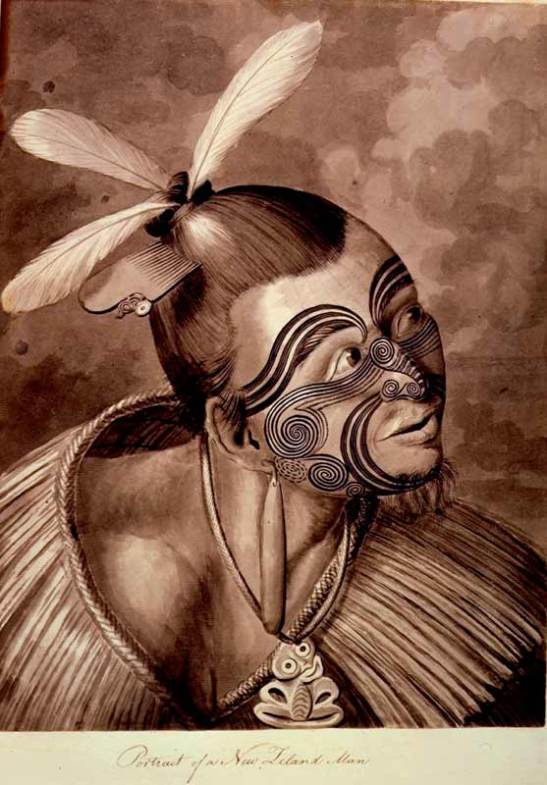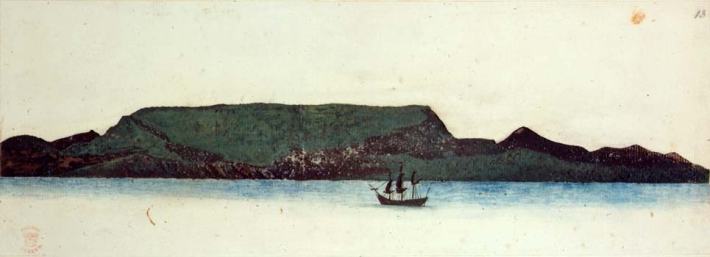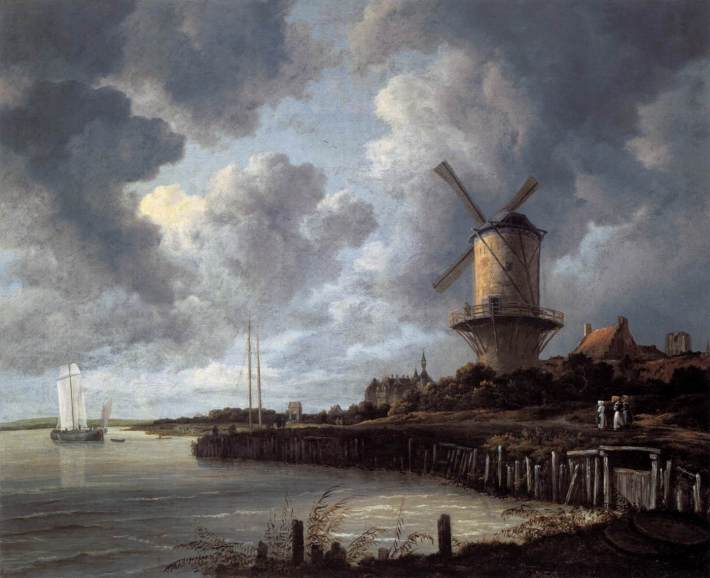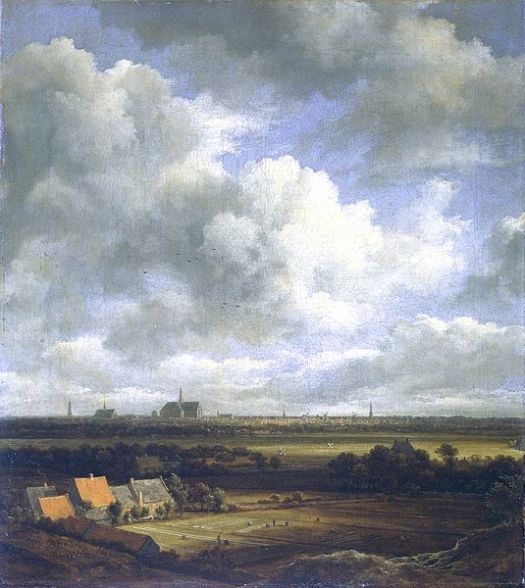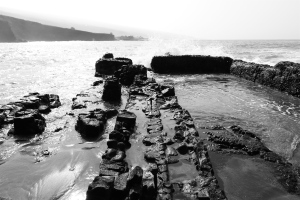The theme for my online gallery will be Modern Impressionism: Photography. In this gallery I will include works from photographers Peter Lik, Clark Little, Jack Brauer, and local artist Ronn Murray. Impressionist art is art, which is created to instill an emotion in the viewer and what better than to use some of todays top photographers to help instill the emotion.
First is the world-renowned photographer Peter Lik from Melbourne, Australia. If there is an award that he hasn’t won, I would be surprised. The self taught photographers life changed dramatically on two different occasions, the first when he decided to come to the United States in 1984, and the second is when he was introduced to the medium format Panoramic cameras, panoramic cameras which he still utilizes today. With fourteen galleries spread across two countries it is easy to see why he is one of the greats. I have been fortunate enough to visit is gallery in Honolulu, Hawaii and see one of the two photographs presented bellow.

This is a photo by Peter Lik titled Spirit Island, taken in 2012, location unknown.
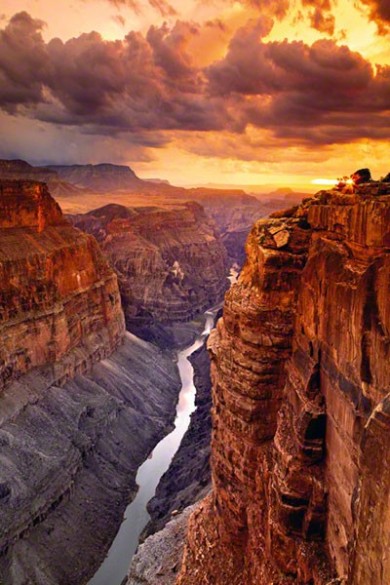
This photo titled Heaven On Earth, was also taken by Peter Lik in 2011, location unknown.
The next photographer is the Hawaiian wave great, Clark Little. Little started his photography career after his wife brought home a photo of a wave from the outside; upon looking at it he thought to himself,” I can take a better photo than that.” Ever sense that day in 2007, he has been doing just that and in the six short years his work has been presented in exhibits from Canada to Japan, and the United States to Brazil. I too have been lucky enough to see his work in a gallery in Hilo, Hawaii.
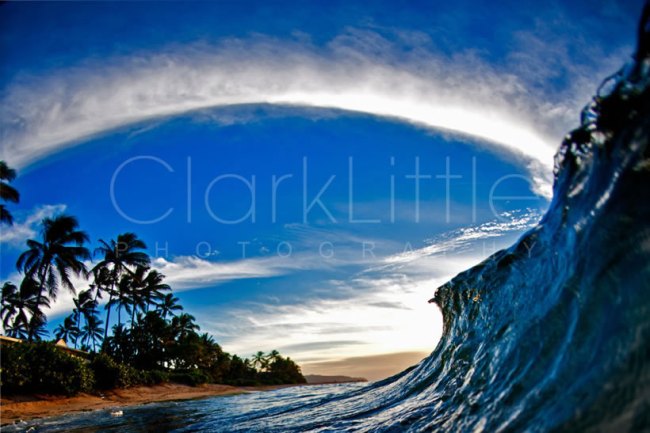
Photo by Clark Little titled Cloudbow, taken on Oahu, Hawaii in January 2013.

Photo titled Tropic Flow, taken by Clark Little in January 2012 on Oahu, Hawaii’s North Shore.
Jack Brauer is a photographer from Ouray, Colorado, smack in the middle of the great San Juan Mountains. A degree in Fine Arts Printmaking at the University of Colorado helped him get his start in photography. The San Juan Mountains themselves seem to inspire Brauer and most of his photography, and it’s the love of photography that allows him to continue the exploration of the mountains, of which is said to be his first love.
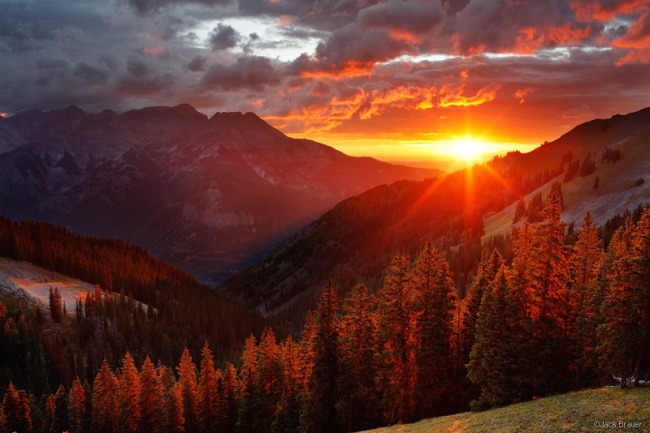
Photo by Jack Brauer titled Uncompahgre Sunset. This image was taken in Ouray, Colorado in August 2010.
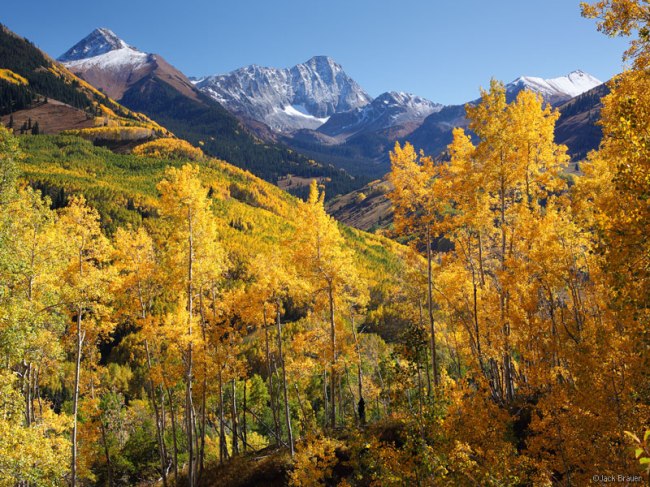
Jack Brauer, Capital Creek Aspens, Capitol Peek, CO, taken in September 2010.
Last but not lest is the local photographer Ronn Murray. Ronn Murray is a man of many traits, most known for his Aurora Photography, while he also does wildlife, portraits, and is a corporate photographer as well. I encourage all to check out his Facebook page or website listed bellow in the work cited section. I have had the opportunity to meet and learn the art of Aurora Photography from him and his stuff is worth looking at.
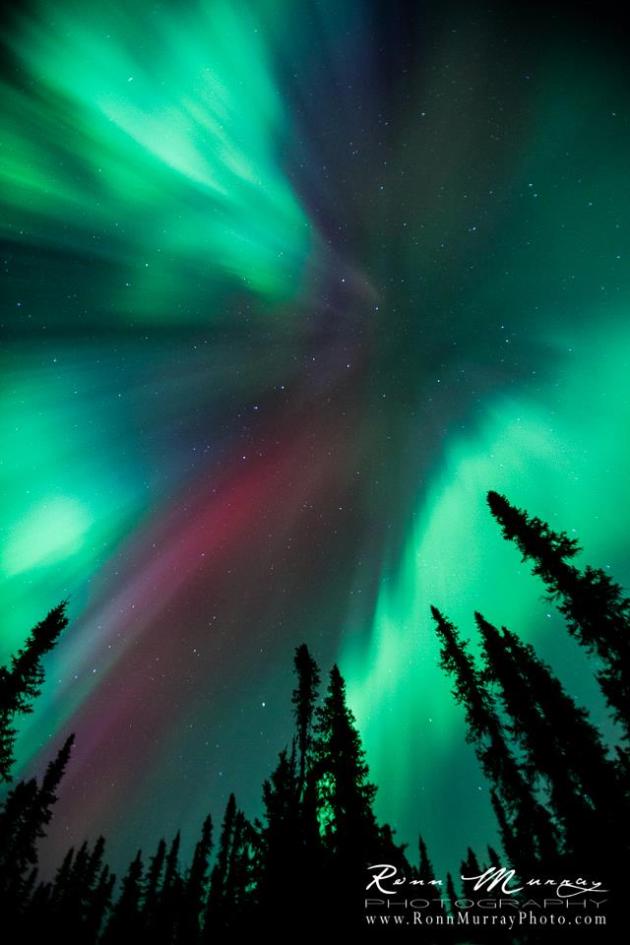
Photo is an unnamed photo, cited bellow as unnamed photo #1, taken by Ronn Murray, Fairbanks, Alaska, March 2013.
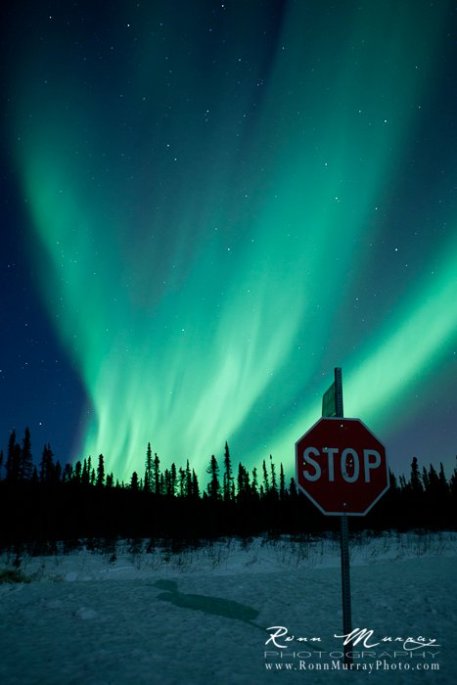
This photo is another unnamed photo cited bellow as unnamed photo #2. Taken by Ronn Murray, Fairbanks, Alaska, 2011.
Each of the photographs chosen above fit the description of Modern Impressionism. From Peter Lik’s sunsets to Jack Brauer’s mountains and Ronn Murray’s aurora to Clark Littles tropical waves, each photograph inspires a particular emotion, and a unequally different emotion, in the viewer. Hopefully you all see the connection and enjoyed the beautiful pieces of art displayed, and let them inspire you, just as much as they do me.
Work Cited:
. Peter Lik USA. N.p.. Web. 9 Apr 2013. http://www.lik.com/
“Peter Lik.” Wikipedia. N.p., 16 Mar 2013. Web. 9 Apr 2013. <http://en.wikipedia.org/wiki/Peter_Lik>.
Lik, Peter. Spirit Island. 2012. http://www.lik.com/
Lik, Peter. Heaven On Earth. 2011. http://www.lik.com/
. Clark Little Photography. N.p., n.d. Web. 9 Apr 2013. <http://www.clarklittlephotography.com/>.
“Clark Little.” Wikipedia. N.p., 15 February 2013. Web. 9 Apr 2013. <http://en.wikipedia.org/wiki/Clark_Little>.
Little, Clark. Cloudbow. 2013. http://www.clarklittlephotography.com/gallery/detail/590.html
Little, Clark. Tropic Flow. 2012. http://www.clarklittlephotography.com/gallery/detail/514.html
. Mountain Photography by Jack Brauer. N.p., n.d. Web. 9 Apr 2013. <http://www.mountainphotography.com/>.
Brauer, Jack. Uncompahgre Sunset. 2010. http://www.mountainphotography.com/photo/uncompahgre-sunset/?gallery=favorites
Brauer, Jack. Capitol Creek Aspens. 2010. http://www.mountainphotography.com/photo/capitol-creek-aspens/?gallery=favorites
“Ronn Murray Photography.” Facebook. N.p., n.d. Web. 9 Apr 2013. <https://www.facebook.com/RonnMurrayPhoto>.
. Ronn Murray Photography. N.p., n.d. Web. 9 Apr 2013. <http://www.ronnmurrayphoto.com/>.
Murray, Ronn. Unnamed Photo #1. 2013. https://www.facebook.com/RonnMurrayPhoto
Murray, Ronn. Unnamed Photo #2. 2011. https://www.facebook.com/RonnMurrayPhoto

